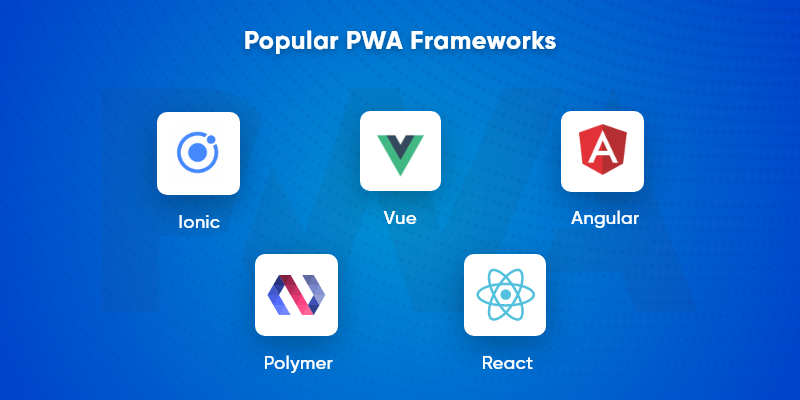Mobile app development has undergone a remarkable transformation over the past two decades. From the early days of simple, single-purpose applications on feature phones to today’s sophisticated, multi-platform apps powered by cutting-edge frameworks, the journey of mobile app development technology is a story of rapid innovation and adaptation. As smartphones and mobile devices have become indispensable parts of daily life, the demand for better, faster, and more engaging mobile apps has pushed developers and companies to continuously evolve their technologies and practices.
In this blog, we’ll explore the key milestones in the evolution of mobile app development technology, from the origins of mobile apps to the modern cross-platform frameworks shaping the future of app creation.
The Early Days: Native Apps and Proprietary Platforms
When mobile apps first emerged in the early 2000s, the landscape was dominated by proprietary platforms with limited developer access. Devices like the Nokia feature phones ran on platforms such as Symbian OS, while BlackBerry OS catered mainly to business users. App development was often tightly controlled by manufacturers and carriers, limiting distribution and functionality.
Developers had to create apps specifically for each device using platform-specific SDKs (Software Development Kits) and programming languages. For example, Symbian apps were primarily written in C++, while BlackBerry used Java ME. This fragmentation made it difficult to create apps that could run across multiple devices, and apps were typically basic, focused on specific functions like calendars, calculators, or simple games.
The Rise of Smartphones and Native SDKs
The mobile app revolution accelerated with the introduction of the iPhone in 2007, followed by Android devices soon after. Apple’s iOS and Google’s Android became the dominant mobile platforms, each with their own robust SDKs and developer ecosystems.
Apple launched the App Store in 2008, providing a centralized marketplace for apps. This was a game-changer — developers now had a global distribution channel, and users had easy access to a wide variety of apps. iOS development was done using Objective-C (and later Swift), while Android apps used Java (later Kotlin).
Native app development thrived because apps built specifically for a platform could fully utilize device hardware and OS capabilities, resulting in better performance and user experience. However, the downside was the need to develop separate apps for iOS and Android, doubling development time and costs for businesses targeting both platforms.
The Emergence of Cross-Platform Frameworks
To address the challenges of maintaining multiple codebases, cross-platform development frameworks started gaining traction. These tools enable developers to write a single codebase that runs on multiple platforms, saving time and effort.
One of the earliest frameworks was PhoneGap (later Apache Cordova), introduced in 2009. PhoneGap allowed developers to build apps using web technologies like HTML, CSS, and JavaScript, wrapping them in a native container. While this approach accelerated development and reduced costs, the performance and user experience often lagged behind fully native apps.
As mobile hardware and software improved, newer cross-platform frameworks emerged, offering better performance and access to native APIs:
- React Native (2015) by Facebook popularized the idea of building native apps using JavaScript and React. Unlike hybrid apps, React Native renders real native UI components, resulting in improved performance and look and feel.
- Flutter (2017) by Google took a different approach by using the Dart language and rendering everything with its own high-performance rendering engine. Flutter’s ability to deliver beautiful, performant apps with a single codebase has made it a strong competitor.
- Xamarin (2011), acquired by Microsoft, allowed developers to build apps using C# and .NET, compiling to native code for iOS and Android.
These frameworks significantly changed the app development landscape, allowing businesses to reach wider audiences faster without compromising too much on user experience.
Progressive Web Apps (PWAs): The Web Meets Mobile
Parallel to native and cross-platform apps, Progressive Web Apps (PWAs) emerged as a third approach that blends the best of web and mobile apps. PWAs are web applications that behave like native apps — they can be installed on a device, work offline, send push notifications, and load quickly.
The advantage of PWAs is that they require no app store installation and are inherently cross-platform since they run in the browser. Google and Microsoft have heavily promoted PWAs as a way to bridge the gap between web and native experiences.
While PWAs are not yet as fully featured as native apps, especially in accessing device hardware, ongoing browser advancements are closing this gap.
The Role of Cloud and Backend-as-a-Service (BaaS)
Modern app development isn’t just about the frontend; the backend plays a critical role. Cloud computing and Backend-as-a-Service platforms have transformed how apps handle data, authentication, push notifications, and more.
Platforms like Firebase, AWS Amplify, and Azure Mobile Apps provide ready-made backend solutions that developers can integrate with minimal setup. This allows app creators to focus more on frontend innovation and user experience, while backend scalability and security are handled by cloud providers.
The Impact of AI and Machine Learning
The integration of Artificial Intelligence (AI) and Machine Learning (ML) into mobile apps has been another major milestone. Developers now use AI-powered features such as image recognition, natural language processing, chatbots, and personalized recommendations to enhance app functionality.
Frameworks like TensorFlow Lite enable running ML models directly on mobile devices, improving responsiveness and privacy. AI-driven analytics also help developers understand user behavior and optimize app performance.
The Future: What’s Next in Mobile App Development?
Looking ahead, mobile app development technology will continue to evolve rapidly, driven by new hardware capabilities and emerging technologies:
- 5G Connectivity will enable more data-intensive and real-time applications like augmented reality (AR), virtual reality (VR), and cloud gaming.
- AR and VR Integration will become more mainstream as devices improve, pushing app developers to create immersive experiences.
- No-Code and Low-Code Platforms will further democratize app development, allowing people with little programming knowledge to create powerful apps.
- Increased Focus on Privacy and Security will shape development practices, especially with stricter regulations and user expectations.
- Edge Computing will help reduce latency by processing data closer to the user, enhancing performance for critical applications.
Conclusion
The evolution of mobile app development technology is a testament to the relentless innovation in the tech industry. From the limited capabilities of early mobile apps to today’s powerful, cross-platform solutions, the journey has been driven by the need to deliver better user experiences, faster development cycles, and broader reach.
Whether you are a developer, business owner, or tech enthusiast, staying informed about these technological shifts is crucial to harnessing the full potential of mobile apps. As we move into the future, embracing modern frameworks, cloud solutions, and AI integration will be key to building the web and mobile apps of tomorrow.



